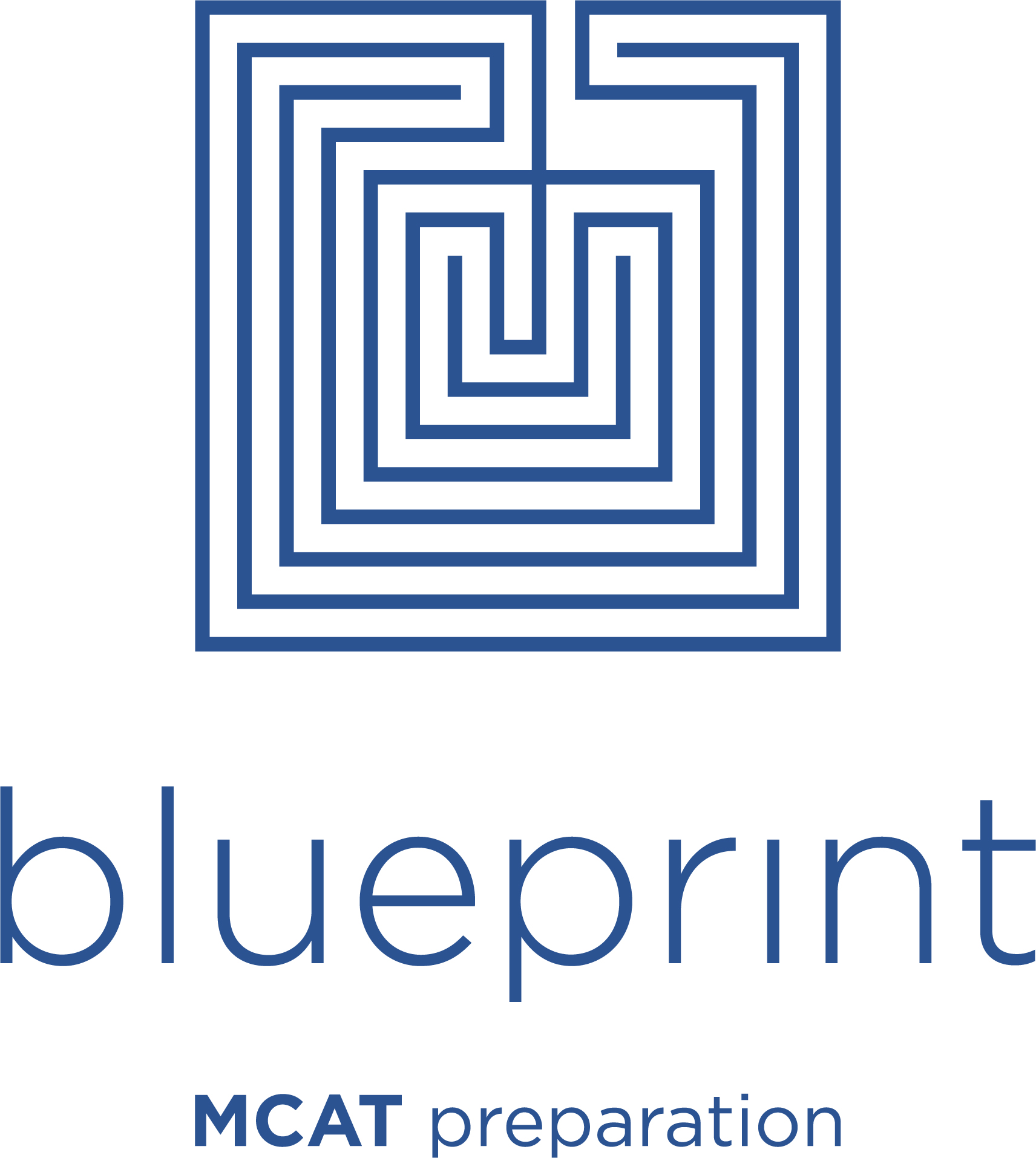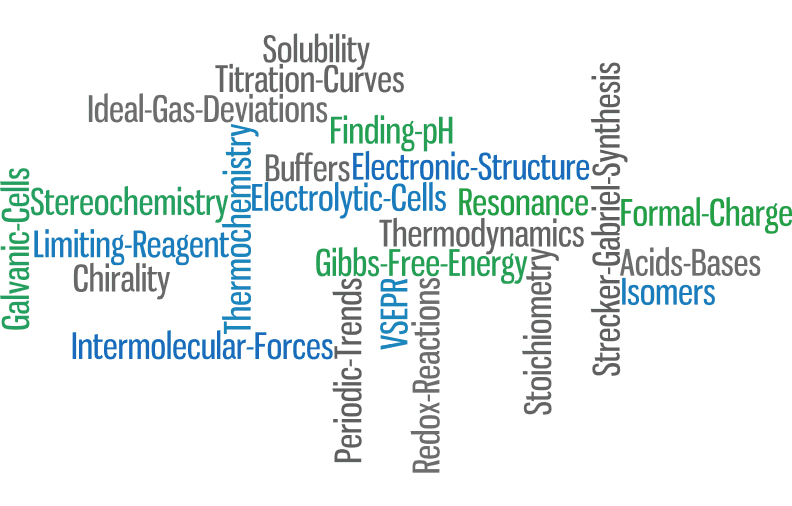
As a standardized test, the more data we have, the easier it is to prepare for the exam. With 3 official practice MCATs now available as of October 3, 2016, it is an opportune time to review what we know about this “new” exam. We’ll focus on some important things to note from each section of the test and finish up with some general takeaways from the exam as well as tips on how best to use the limited AAMC resources. This is especially important for our students, as all Next Step Online MCAT Course and MCAT tutoring students receive all the AAMC resources.
Chem/ Phys
This section has arguably undergone the largest degree of change with the new MCAT. Physics is down to just 25% on the new format exam, being replaced by organic, and bio chemistry. While the wrapper of medical context is elaborate in some passages, the questions are still based on the simple science required by the test makers, and almost half of the passages could be ripped right from a high school or undergraduate science textbook, with some passages containing fewer than 75 words total. Most commonly the text-like tone happens with chemistry and organic chemistry topics.
It is important to note that all 10 passages contain a figure, equation, table, or graph, meaning data interpretation and scientific reasoning is greatly expanded across all the questions. Enzyme and AA properties continue to be an important area to the test makers so you must know your enzyme and AA fundamentals!
CARS
This section continues to be very close to how it was prior to the 2015 test changes, apart from the lack of natural science passages. What the test makers have done is expanded the time allotted for each passage (10 minutes from 8.5 minutes pre-2015). This allows them to present longer and/or more abstract passages.
In the latest practice test, there were multiple passages at or near the official word limit of 600 words, and 3 passages with 7 questions. Interesting to note that 2 of these passages came as the final passages within the section and both covered highly abstract topics like economics and philosophy. This underscores how important it is to have a reliable timing strategy for the MCAT, particular in CARS where every answer must be researched in the passage and it is easiest for the test makers to craft clever but incorrect answers to distract you.
Bio/ Biochem
The section was heavier on data-driven figures compared to the other science sections, with just 2 passages having no figures, graphs, tables, or equations. Some of them even predate the 2015 exam changes. As much buzz as there was around the new bio/biochem section, the test makers continue to favor their high yield biology topics of molecular genetics, cell signaling, and cell biology.
In this section, you are more likely to get skill 2 and skill 4 questions based upon the findings in the passage. This is the best way for the exam to test your ability to apply basic biology and biochemical concepts to an unfamiliar context. Practice interpreting statistical and graphical data is a must on the MCAT, particularly with biological data.
Psych/ Soc
More so than the other science sections, this section is far more likely to use study based passages and favor research design questions. Important to note is how few passages in this section contain any figures, tables, equations, or graphs. Just 2 out of 10 passages contain anything besides text.
This section continues to be much more focused on recognition and recall of important vocabulary than the other science sections, with a particular emphasis on being able to recognize real-world examples of test relevant psychological theories (e.g. Freud’s theories, Maslow’s hierarchy) and recognize psychology and sociology vocabulary. Of even greater note is the fact that students seem to be performing best in this section, which results in the Psych/Soc section having the toughest raw score to scaled score conversion. As we expected, students have adapted very quickly and very effectively to this new science area of the MCAT, and the score scale reflects this.
Study Planning and Strategy
All the released scored practice tests have the same section organization, with the discrete sets coming in the same positions across all sections. If this is here to stay, it means coming up with an effective timing and pacing strategy is much easier. However, when practicing these strategies you must know that the new AAMC policy is to only allow 5 activations of each practice test, so you will have to be careful about completing only a portion of any given exam lest you run out of attempts.
In fact, since these exams are so few, it is best to use them as full-length simulations of the real exam. I tell my students to save the bulk of their AAMC materials for the 2nd half of their study schedules. For this exam, I would recommend students take it no earlier than 1 month out from their official test date, and ideally in the final 2 weeks of their prep. This will allow you to have your most relevant and accurate practice scores closer to test day.
By Dr Anthony LaFond, former MCAT Content Director and Elite Tutor
Search the Blog

Free Consultation
Interested in our Online MCAT Course, One-on-One MCAT Tutoring or Med admissions packages? Set up a free consultation with one of our experienced Senior Student Advisors.
Schedule NowPopular Posts
-
MCAT Blog What's on the MCAT?
-
MCAT Blog How to Review MCAT Full Lengths

Free MCAT Practice Account
Need great MCAT practice?Get the most representative MCAT practice possible when you sign up for our free MCAT Account, which includes a half-length diagnostic exam and one of our full-length MCAT practice exams.
Learn More







